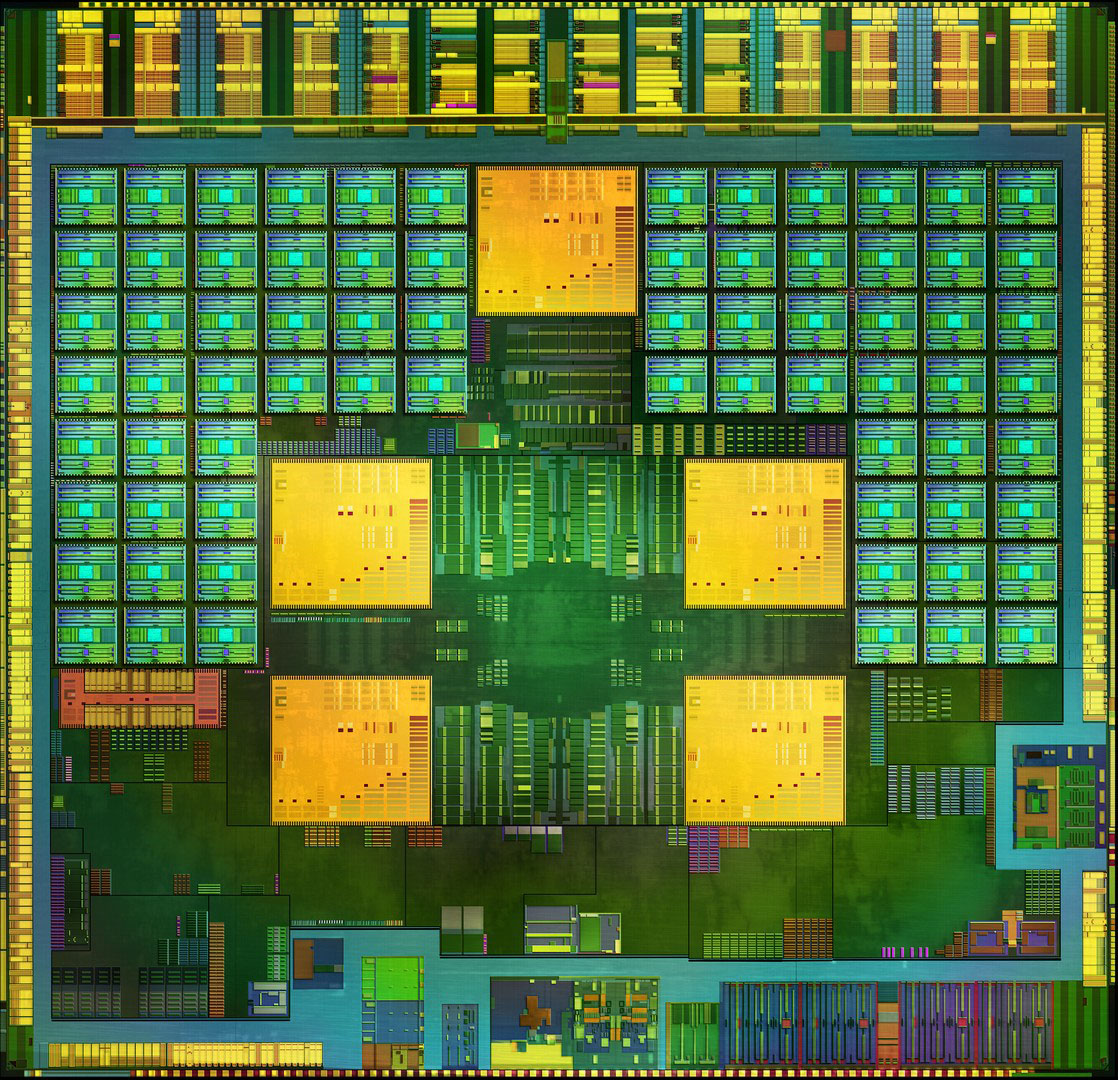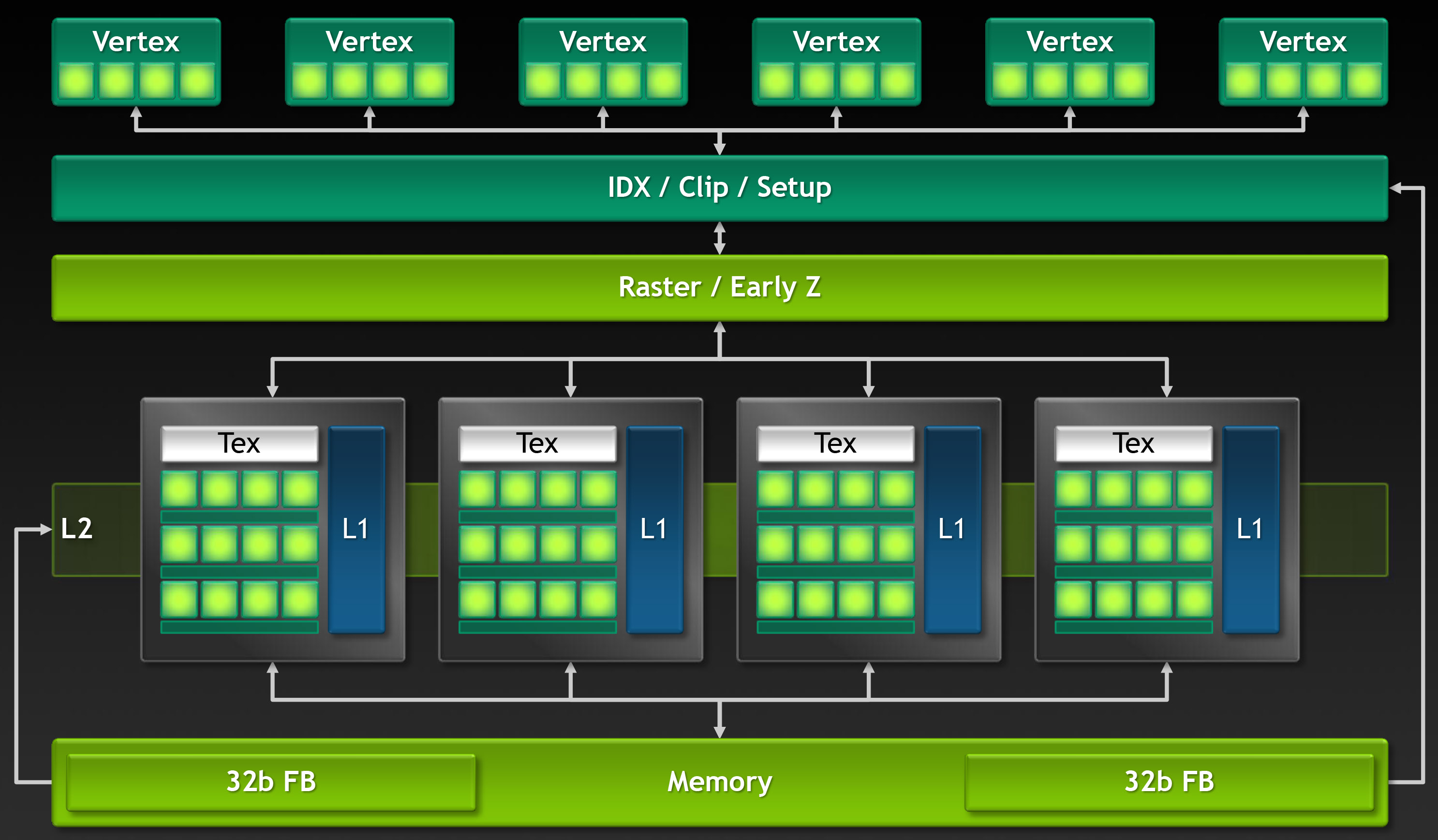Nvidia Shield Review: Tegra 4-Powered Handheld Gaming
We've been playing with Nvidia's Shield handheld for more than a month, but only recently got access to its killer feature: streaming PC game content. Does Nvidia's foray into the hardware world deserve your $300, or is this expensive toy impractical?
Nvidia Shield Gives Us Our First Look At Tegra 4
How do you get a guy who games almost exclusively on a PC to care about a handheld running Android? Start by telling him he can play some of his favorite PC titles on it.
Almost seven months after we first got our hands on it at CES, and in the wake of a hiccup that saw its launch postponed more than a month, Nvidia’s Shield is finally shipping. The company is most vocal about Shield’s pure Android environment (free of the bloat you find on many Android-based devices), tuned-up sound system, 5” multi-touch display, and console-style controller. But the killer feature in my mind—the capability that best demonstrates Nvidia’s growth beyond, but also with, the desktop enthusiast—is streaming PC games to Shield.
In my mind, the pre-release price drop from $350 to $300 didn't change much. In both cases, you're paying quite a bit for something that's really only designed to entertain. The fact that Sony’s PlayStation Vita and Nintendo’s 3DS cost less doesn’t affect my opinion either. At the end of the day, I don’t spend enough time away from my PC that I need another device to game on when I do finally get up. But a handheld that frees me up to play PC games around the house—now that’d be something to pique my interest.
Of course, everyone’s needs and wants are different. Some of our writers spend a lot more time than me traveling for work. Others have older kids that need to be entertained during long car rides. They’re the ones able to enjoy a handheld with plenty of battery life and a rich ecosystem of apps from Google Play. Shipping my Shield across the country to news editor Marcus Yam made good sense, then. The man seems to spend more time away from his home than in it, and he has lots of experience gaming on all manner of smartphones, tablets, and consoles. So, we’re going to tag-team this review. Whoomp! There it is.
Before I jump into the detailed break-down of Shield’s technical specifications and the performance of its Tegra 4 SoC, let’s hit the handheld’s capabilities at a high level:
| Nvidia Shield Handheld Gaming Console | |
|---|---|
| SoC | Nvidia Tegra 4 |
| CPU Complex | Quad-core Cortex-A15 with fifth battery-saver Cortex-A15, up to 1.9 GHz |
| GPU Complex | 72-core (24 vertex shaders and 48 pixel shaders) |
| Memory | Dual-channel LPDDR3/DDR3-L controller2 GB LPDDR3-1800 memory |
| Display | Five-inch 1280x720 multi-touch display, 293.7 PPI |
| Audio | Integrated stereo speakers with build-in microphone |
| Storage | 16 GB built-in flash memory |
| Wireless | Broadcom BCM43241 802.11a/b/g/n 2x2 MIMOBluetooth 3.0GPS |
| I/O | Mini-HDMI outputMicro-USB 2.0microSD slot2.5 mm stereo headphone jack with microphone support |
| Motion Sensors | Three-axis gyroscopeThree-axis accelerometer |
| Controls | Dual analog joysticksD-padLeft/right analog triggersLeft/right bumpersA/B/X/Y buttonsVolume, Android home/back, start, and Nvidia multi-function buttons |
| Battery | 28.8 Wh |
| Weight/Size | 588 g (measured by Tom's Hardware)158 mm (W) x 135 mm (D) x 57 mm (H) |
| Operating System | Android 4.2.1 (Jelly Bean) |
Shield is the first device to land in our lab powered by Nvidia’s Tegra 4 SoC. We first previewed the chip’s GPU component in Nvidia's Tegra 4 GPU: Doubling Down On Efficiency. And according to the company’s in-house benchmarks, it should be capable of more than four times Tegra 3’s frame rate in a GLBenchmark 2.5 off-screen test. Our tests show it even faster than that.
Of course, on Shield’s five-inch touchscreen locked at 60 Hz, the SoC can simply work less hard, improving performance per watt by running more efficiently. Nvidia claims that the 1280x720 is retinal. It can’t call it a Retina display—Apple has that trademarked. But with a pixel density of 293.7 PPI, the presumption is that gamers will hold Shield far enough away for the pixels to resolve.
Get Tom's Hardware's best news and in-depth reviews, straight to your inbox.
In addition to its 72-shader GPU, Tegra 4 comprises four Cortex-A15 cores and one low-power Cortex-A15 companion core, with a 2 MB L2 cache dynamically shared across the quad-core complex. The fifth battery-saver core has its own 512 KB cache, allowing the larger 2 MB structure to power gate, cutting back on consumption when the four cores aren’t needed.
The SoC, which Nvidia says runs at up to 1.9 GHz, is complemented by 2 GB of LPDDR3-1800 memory and 16 GB of built-in flash memory.
Back at CES, when we first went hands-on with Shield, Nvidia told us it was leaning on a dual-band 802.11a/b/g/n radio, two transmit antennas, and two receive antennas. We can now clarify that Broadcom’s BCM43241 combo device is in there, supporting 20 and 40 MHz channels for PHY layer throughput as high as 300 Mb/s. Of course, wireless ecosystems fall back on the lowest common denominator. If you use Shield with an older Wi-Fi router, it’ll limit your wireless performance.
Although Broadcom’s radio complies with the Bluetooth Core Specification Version 4.0, Nvidia only cites Bluetooth 3.0 support. The Advanced Audio Distribution Profile (A2DP) makes it possible to stream stereo content to Bluetooth output devices. Or, you should be able to connect to other Shield consoles for multi-player games, though this isn’t something we’re able to test with only one unit.
As far as physical connectivity goes, the back of Shield plays host to a mini-HDMI output, micro-USB 2.0, a microSD storage slot, and a 3.5 mm headphone jack with mic support for headsets. Naturally, the HDMI port is for connecting Shield to a TV. Alternatively, Nvidia says its console can connect wirelessly via Miracast. The company bundles a Micro-B-to-Type-A connector with Shield, which you can use for charging and data transfers (though third-party accessories like headphones and speakers purportedly work, too).
Upgrading the handheld’s 16 GB of on-board flash (of which only 12.6 GB is accessible) is relatively easy through the microSD slot. In theory, Shield should be able to address up to 2 TB SDXC devices. However, the largest cards available today hold up to 64 GB. At launch, that space is used for your music, movies, and pictures. But Nvidia says it’s planning an update that’ll let you install applications to the add-in storage.
Originally, Shield was to have an array of Li-ion batteries totaling 38 Wh of energy. Jen-Hsun’s CES presentation suggested that the console would resultantly boast 24 hours of continuous video playback. That turned out to be a little optimistic. After tuning for weight, size, and cost, the finished product wields three cells that add up to 28.8 Wh. Battery life naturally suffers compared to the original spec, though Nvidia still claims that Shield should carve through the most intensive Tegra 4-optimized games for four to five hours, and less demanding titles for up to 10. Movie playback is now estimated around 15 hours. If you’d rather just listen to tunes, Nvidia’s estimation is 40 hours of music playback.
Current page: Nvidia Shield Gives Us Our First Look At Tegra 4
Next Page Nvidia Shield: The Chassis And Controls-
Hazle impressive, especially PC streaming. but for $300, i'd rather pause the game to take a bathroom break. it's gonna take me a library of good android exclusives for me spend that amount of money, and PvsZ or Angry birds don't cut it.Reply -
beta212 Meh, with the PS4/xbox coming out , and tons of more convenient phones I don't see a market for a tegra4 shield, personally I'm saving my money for a console. The tegra is also too expensive and gimmicky to boot.Reply -
dragonsqrrl When you look purely at the performance and specs $300 unsubsidized isn't all that bad considering the hardware you're getting for the price. The problem to me isn't so much price but the target market. How many people are willing to spend that much on a second or potentially third mobile device meant specifically for gaming and entertainment?Reply -
bryonhowley Looks nice but I can find things better to spend $300 on. In truth I can't see ever streaming my PC games to a 5" screen when I use 3 Asus 27" monitors on my desktop PC. Going from 5760x1080 to 720p does not sound like something I am ready to do. And if I want to game from my recliner I just use my Xbox 360 wireless controller and play the game on my Panasonic 50" 3D Plasma.Reply -
vaughn2k for U$180, I can get a nice Lenovo Phone. For U$ 500, a good Xbox.. not sure if I need a Shield where I could play anywhere..Reply -
slomo4sho Not sure why most of your benchmarks were just between the shield and the Nexus 7. I understand that the Nexus 7 utilizes Tegra 3 but the iPhone 5, Note 2, or some other tertiary figues should have been included to provide a better comparison between this device and other current generation products.Reply
This device feels like a universal Wii U game pad and there is almost zero reason to own one. -
cats_Paw Considering that Oculus rift will cost somewhere around 300 dollars as well, id rather wait for that to spend my cash.Reply
Streaming is nice but if you are close toy our pc why not use the PC itself?
-
shikamaru31789 I'm just not seeing much reason to get one right now, not when I'm saving for the Xbox One and PS4. If it was at a lower price and if it supported AMD GPU's for PC streaming, I might get one. But they also need to get some developers to make some good Android exclusives, not just your typical mobile time wasters and ports of older console/PC titles, but some actuallAAA exclusives that are optimized for Tegra 4.Reply





